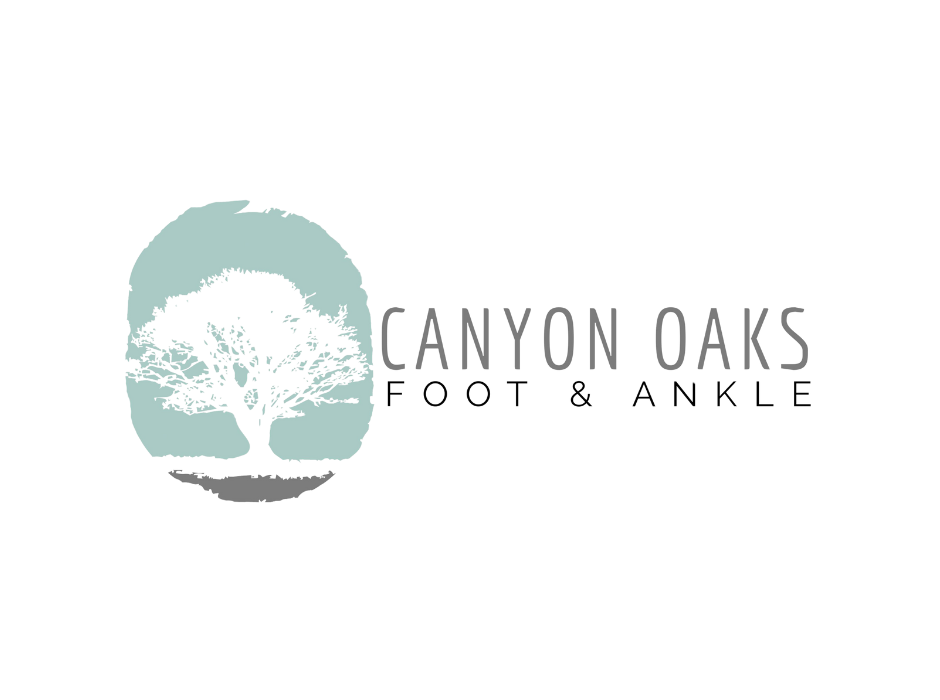What is Hallux Ridgus?
Hallus Rigdus is characterized by stiffness in the big toe. It directly affects the joint located in the big toe and causes pain and stiffness that can make it difficult to bend the toe. Coming from Latin origin, the word Hallux means big toe, and the word rigdus means that the toe is rigid.
This condition occurs when the cartilage between the bones in your big toe joint is damaged or worn away. Hallux Rigdus is a type of degenerative arthritis.
When first diagnosed, the stiffness may not affect the toe’s motion initially. However, eventually, the range of motion in the toe can decrease tremendously. This lack of range can become so severe it will be classified as a frozen joint.
This condition typically occurs in adolescents and adults from the ages of 30 to 60 years old.
Causes of Hallux Rigdus
While there currently is no one cause of hallux rigdus, those who engage in movements that overuse the joint are more prone to developing this condition.
In the MTP joint, cartilage protects the joints to aid in joint movement. When this cartilage is worn away through overuse or a sudden injury, bone spurs can develop in its place. The joint space also begins to narrow, further reducing the joint’s range of motion.
At times, hereditary defects that affect the way your foot functions can cause patients to develop hallux rigdus. They may suffer from fallen arches or another foot condition that place unwanted pressure on the big toe joint. It may also be caused by an inflammatory disease like rheumatoid arthritis or even gout.
If you suspect that you may have hallux rigdus, your podiatrist can assist you in making a correct diagnosis and determine the cause.
Symptoms of Hallux Rigdus
The symptoms of hallux rigdus are progressive. They start slowly but then worsen over time.
Some early signs and symptoms may be:
- Pain and stiffness in the big toe while walking or standing
- Pain and stiffness that increases during cold or damp weather
- Swelling and redness in and around the joint
As the condition progresses, you may notice that symptoms begin to worsen.
- Bone spurs begin to develop
- Inability to bend and flex your big toe
- A change in the way you walk
- Pain during rest
- Limping
Treatment
If diagnosed in the earlier stages, nonsurgical treatment options are possible. Mild cases of hallux rigdus can be helped by decreasing pain and aiming to improve the mechanics of the foot.
Your doctor may prescribe you to alternate, placing your foot in ice and heat throughout the day to keep pain and discomfort to a minimum. When it comes to footwear, shoes with more room in the toe area will likely be recommended. Try to look for shoes that prevent your big toe from bending sharply.
For athletes, it will be beneficial to avoid high impact sports that place a lot of stress on the big toe. Engaging in low impact sports like swimming can lessen the risk of further injury.
Contact Canyon Oaks Podiatry Today!
If you suspect that the source of your pain may be from Hallux Rigdus, don’t hesitate to contact Canyon Oaks Podiatry. Please complete the form below, and our Visalia office will be in touch with you within one business day.

